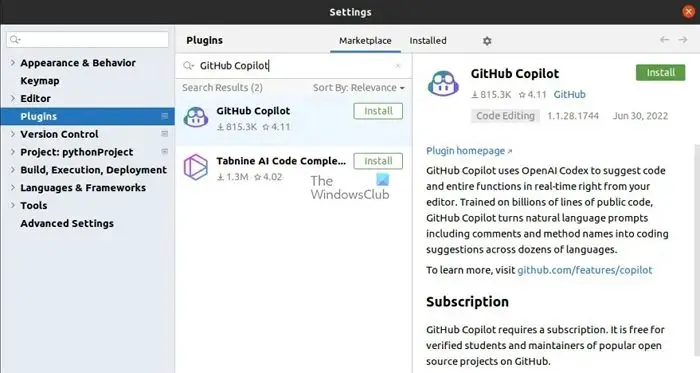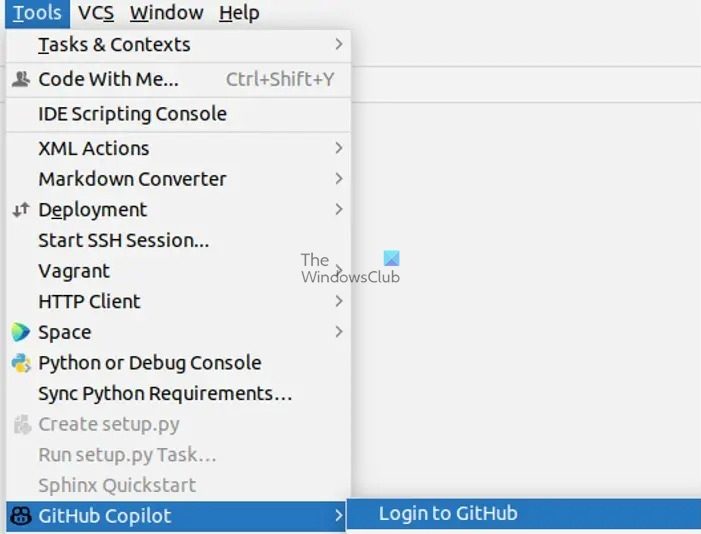
The field of modern software development has been deeply affected by artificial intelligence products. Through artificial intelligence technology, we can realize automatic generation of programming code and use code reconstruction to improve and optimize. This article will explore the importance of refactoring and explain in detail how to use Copilot to assist in writing code.

In the software development process, code refactoring is a practice that improves code readability and maintainability by reorganizing and improving the code structure. This refactoring process usually involves steps such as optimizing algorithms, simplifying logic, and eliminating redundant code to ensure the stability and efficiency of the software system. By integrating artificial intelligence technology into code refactoring, potential performance bottlenecks and problems can be automatically identified and optimization suggestions provided, thereby accelerating the development process and improving software quality. This method combined with artificial intelligence helps developers locate and solve potential performance bottlenecks more quickly, improving the overall performance and reliability of the software system.
It has the ability to inspect specific parts of the code and provide optimization suggestions to improve its structure and make it easier to understand and use, thereby simplifying complexity. These recommendations are typically based on code logic, performance, readability, and best practices.
In order to use Copilot for refactoring, you first need to install the GitHub Copilot plug-in in the relevant integrated development environment (such as VS Code, Python, etc.). For example, if we want to refactor code written in Python, we can install the Copilot plug-in in simple steps:


| action | Windows/Linux | MacOS |
| Trigger inline suggestions | Alt | choose |
| See next suggestion | Alt ) | choose ) |
| See previous suggestions | Alt ( | choose ( |
| Accept suggestions | Tab | Tab |
| Reject inline suggestions | Esc | Esc |
| Show all suggestions in new tab | Alt Enter | Alt Enter |
The above is the detailed content of How to use copilot refraction codes. For more information, please follow other related articles on the PHP Chinese website!
 How to make charts and data analysis charts in PPT
How to make charts and data analysis charts in PPT
 Android voice playback function implementation method
Android voice playback function implementation method
 AC contactor use
AC contactor use
 The difference between vscode and visual studio
The difference between vscode and visual studio
 The difference between Java and Java
The difference between Java and Java
 Introduction to hard disk interface types
Introduction to hard disk interface types
 nagios configuration method
nagios configuration method
 How to delete a folder in linux
How to delete a folder in linux




